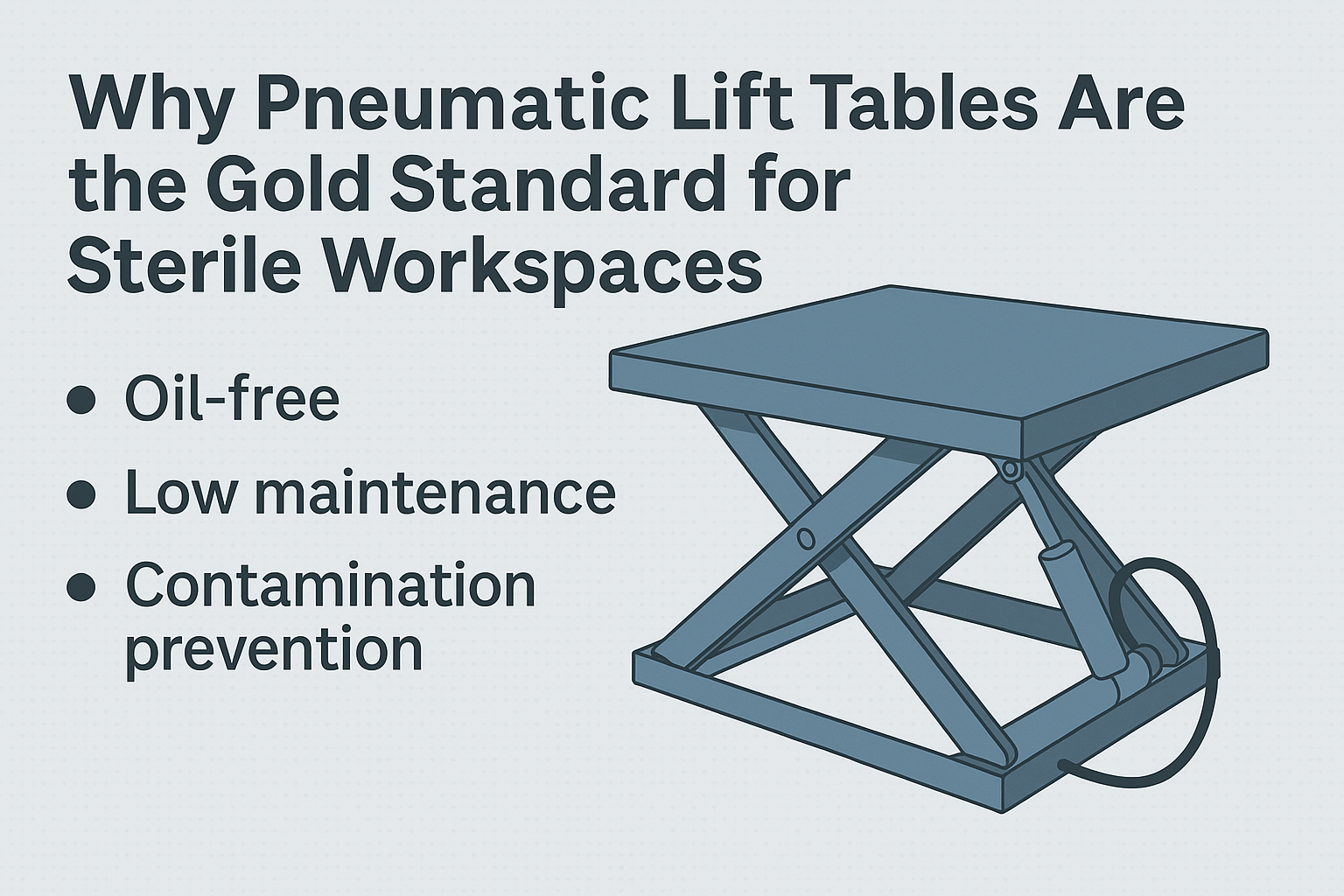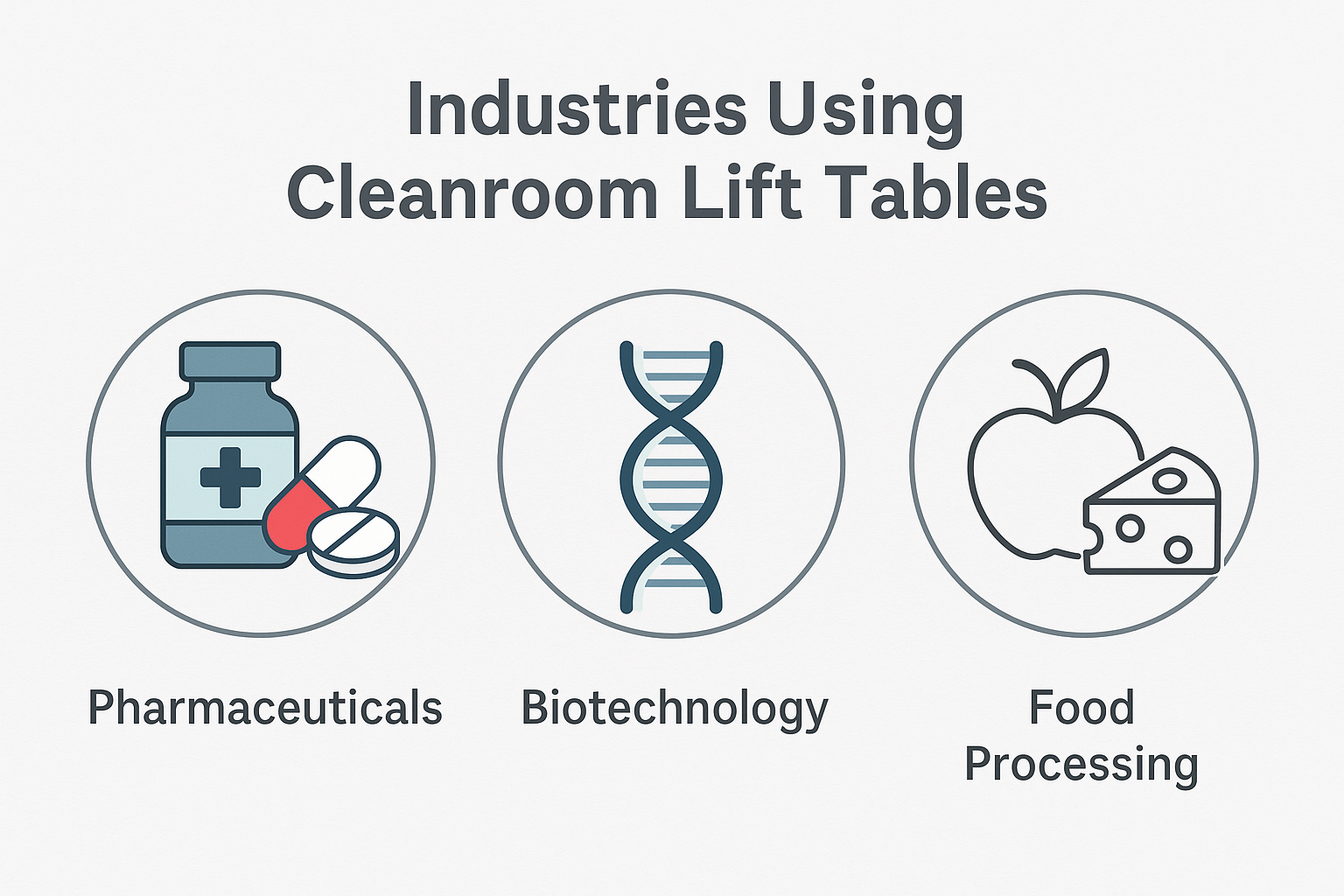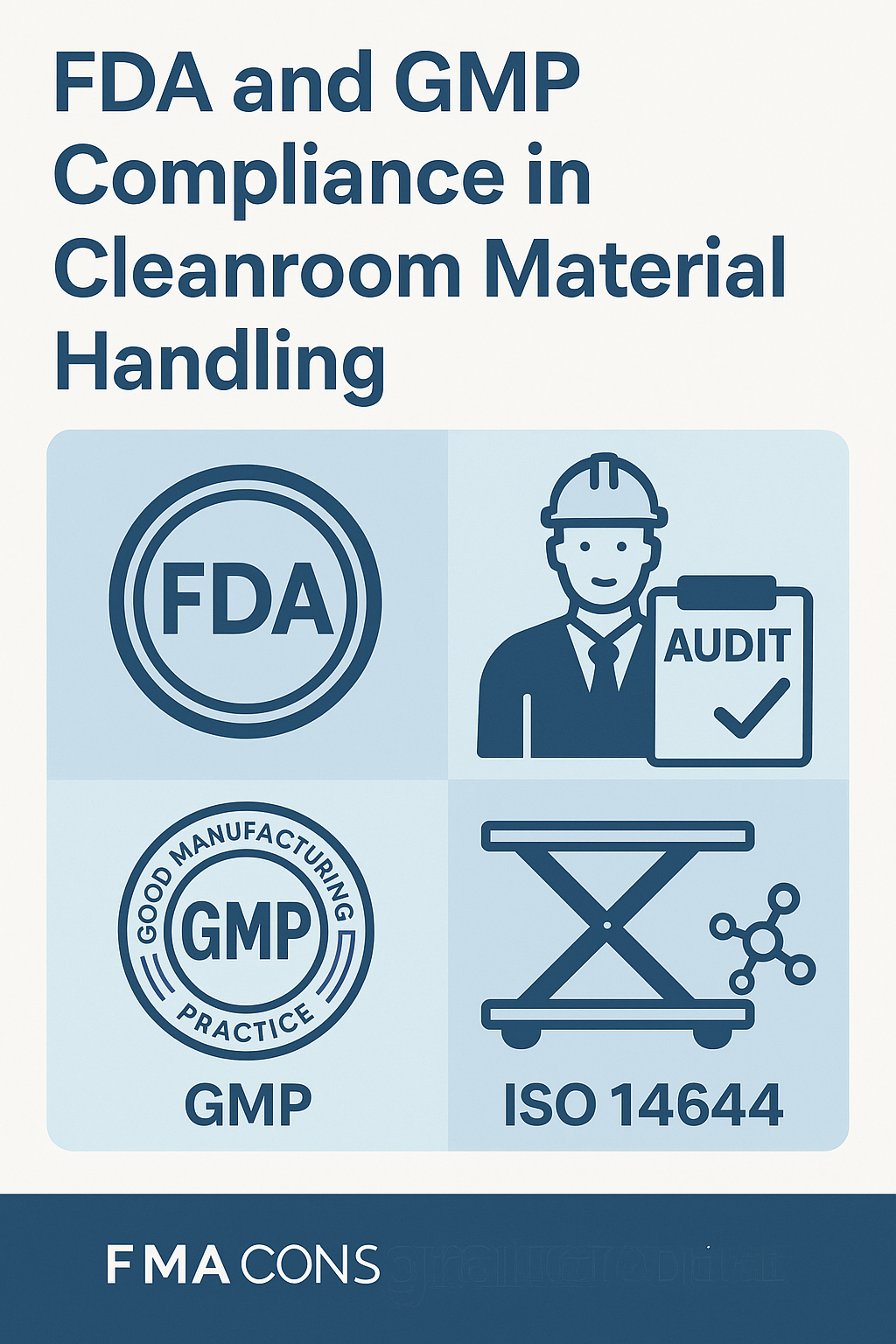
Why Pneumatic Lift Tables Are the Gold Standard for Sterile Workspaces
Explore why pneumatic lift tables outperform hydraulic and electric options in sterile environments. Clean, safe,
In sterile manufacturing environments where hygiene, safety, and efficiency are paramount, choosing the right equipment isn’t optional—it’s essential. A cleanroom lift table is a core part of any contamination-controlled operation, from pharmaceutical labs to semiconductor assembly lines and food processing plants. But with so many configurations, materials, and compliance requirements, how do you know which one is right for your facility?
This guide will walk you through the essential factors to consider, ensuring you select a cleanroom lift table that meets FDA and GMP standards while maximizing productivity.
Unlike general-use lift tables, cleanroom models are engineered for environments with strict contamination controls. They are made from corrosion-resistant stainless steel, feature minimal seams, and are often designed for tool-free cleaning and sterilization. Their primary benefits include:
Powered by compressed air, these tables are ideal for sterile and explosion-proof environments where hydraulic fluid or electric motors would be a liability. Pneumatic systems have fewer moving parts and are easier to maintain in a contamination-free state.
These tables offer greater lifting capacity but may introduce contamination risk through fluid leaks. While they’re powerful, they are generally better suited for semi-clean or non-sterile zones unless specially enclosed.
Efficient and precise, electric models are good for applications requiring fine control. However, they must be sealed and constructed for wash-down environments to comply with cleanroom regulations.
Low-profile tables reduce the need for pits or ramps, which is critical in space-constrained facilities. Double or triple scissor lifts are perfect for achieving taller heights while maintaining a compact footprint.
The gold standard for cleanroom equipment is 304L or 316L stainless steel. These materials resist corrosion, are easy to clean, and meet all necessary hygiene standards. Avoid powder-coated or painted surfaces that can chip or harbor bacteria over time.
To maintain regulatory approval, your lift table should be manufactured according to recognized standards such as:
Cleanroom lift tables are not one-size-fits-all. Choosing the right model means balancing functionality, regulatory compliance, and industry-specific needs. Don’t settle for generic equipment when your sterile environment demands more.
🔗 Explore the full line of FDA- and GMP-compliant models here: Cleanroom Lift Tables – Industrial Man Lifts

Explore why pneumatic lift tables outperform hydraulic and electric options in sterile environments. Clean, safe,

From pharma to semiconductors, see how top industries use cleanroom lift tables to maintain compliance,

Understand what makes a lift table truly FDA and GMP compliant. Explore the must-have features,
Copyright 2025 All Rights Reserved – Industrial Man Lifts